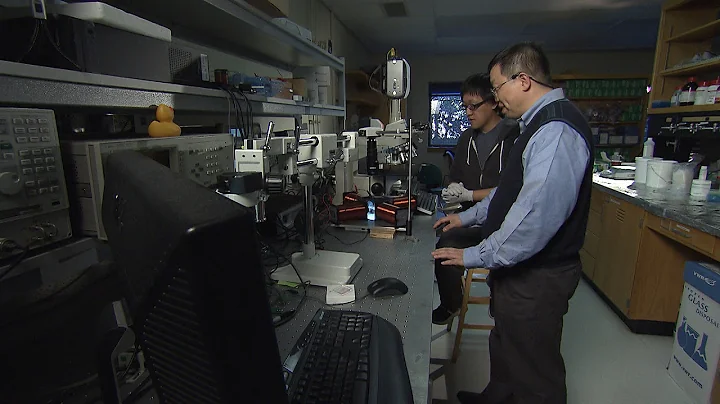reporters learned from the Hefei Institute of Physical Sciences, Chinese Academy of Sciences that the research group of researcher Yang Liangbao from the Institute of Health has made new progress in the development of surface-enhanced Raman spectroscopy (SERS) detection methodology. The scientific research team constructed a multi-layered nanoparticle film to form a natural gap of less than 3 nanometers between layers, and used the action of nanocapillary pumps to automatically capture target molecules into smaller gaps to achieve highly sensitive SERS detection. The research results were recently published in the optical journal "Advanced Optical Materials". SERS is a molecular spectroscopy with fast, highly sensitive and fingerprint identification properties. Based on the SERS method of automatically capturing target molecules at hot spots in single-layer nanofilms previously studied by the
research group, a new SERS method has been further developed to actively capture target molecules in small gaps between multi-layers naturally smaller than 3 nanometers. The researchers used a liquid-liquid interface assembly method to construct a natural three-layer silver nanoparticle film structure with small interlayer gaps of 1-3 nanometers and a large number of hot spots, effectively increasing the number of hot spots. Due to the nanopump effect generated by these smaller gaps, the target solution can spontaneously move upward through the nanogaps. The small gaps actively capture the target molecules, which sharply amplifies the signal of the target molecules, achieving sensitive detection. Compared with the traditional dry film-forming SERS method, this method can make the target molecules actively enter the hot spots more effectively, and the detection limit of and is 2-3 orders of magnitude lower than that of the dry film-forming method. This method provides a trace dynamic detection platform and has been successfully applied to the tracking of material changes during the sperm-egg cell binding process.
This achievement opens up a new method for the target molecule to actively transport to the optimal hotspot, and is expected to achieve ultra-sensitive detection or monitoring of material transformation of biological systems, cell behavior or chemical dynamics process research. (Science and Technology Daily reporter Wu Changfeng, photo provided by the Hefei Research Institute of the Chinese Academy of Sciences)

Source: Science and Technology Daily





















